Lost Meadows
During the first UK lockdown, I like many others, took solace in nature. My daughter, Lila & I, spent time in our local meadows, which were just bursting back into life after a long winter. It was during this time that I learned of future development plans for these green spaces. The meadows closest to me had been sold and would soon be home to 85 new houses. I was upset by the news, particularly because I had been reading about the decline in meadows and their importance for biodiversity. Meadows are home to a vast array of insect, plant & animal species. In the UK this particular habitat hosts a larger amount of vulnerable species than any other, making them one of the most important & precious ecosystems we have.

Unfortunately, the story of the development of our local meadow is not unique. Since 1930 UK meadows have declined by 97% and there is little protection for the remaining 3%. The majority of those that remain (75%) are vulnerable as they exist in tiny patches which can easily be destroyed. Patchworks of these overlooked green spaces are being sold off little by little by independent landowners. Although the plots of land may be small, the overall picture is much bigger & more worrying. The loss of our meadows means that nature in decline has become an overall trend in the UK.
© Image courtesy of Totnes Image Bank. Tea in harvest field at Higher Lake Farm c1930. J.T.Manning, right Mrs Manning and daughter Ruby.
Map of Devon c1927


A small, pollinator meadow in our local village lists over 60 different plant varieties. These plants & flowers are an integral part of an interconnected web of life which thrives in this habitat.
Lila & I made lumen prints from some of the many plants, flowers & organic material we found in our local meadows. Our final prints include wild strawberry, yellow rattle, cowparsley, waxcap mushrooms, feathers, grass, and a honeybee.
Image - 35mm lumen of Wax Cap Mushrooms
“A lawn when you come to think of it, is nothing but a meadow in captivity. Modern lawns have little or no wildlife value. Most are green deserts, marinated in chemicals, comprised of only a few garden species, and shorn stupid once a week in summer. But in the middle age, a lawn was more like a meadow; it was a ‘flowery mead’, bursting with perfumed wildflowers and herbs and grasses. These gorgeous semi-wild acres were an integral part of medieval life, used to their full for walking in, dancing on, sitting in. And in houses and castles where privacy was hard to find, they were the perfect places for lovers to share secluded passion”
— John Lewis Stempel, Meadowland









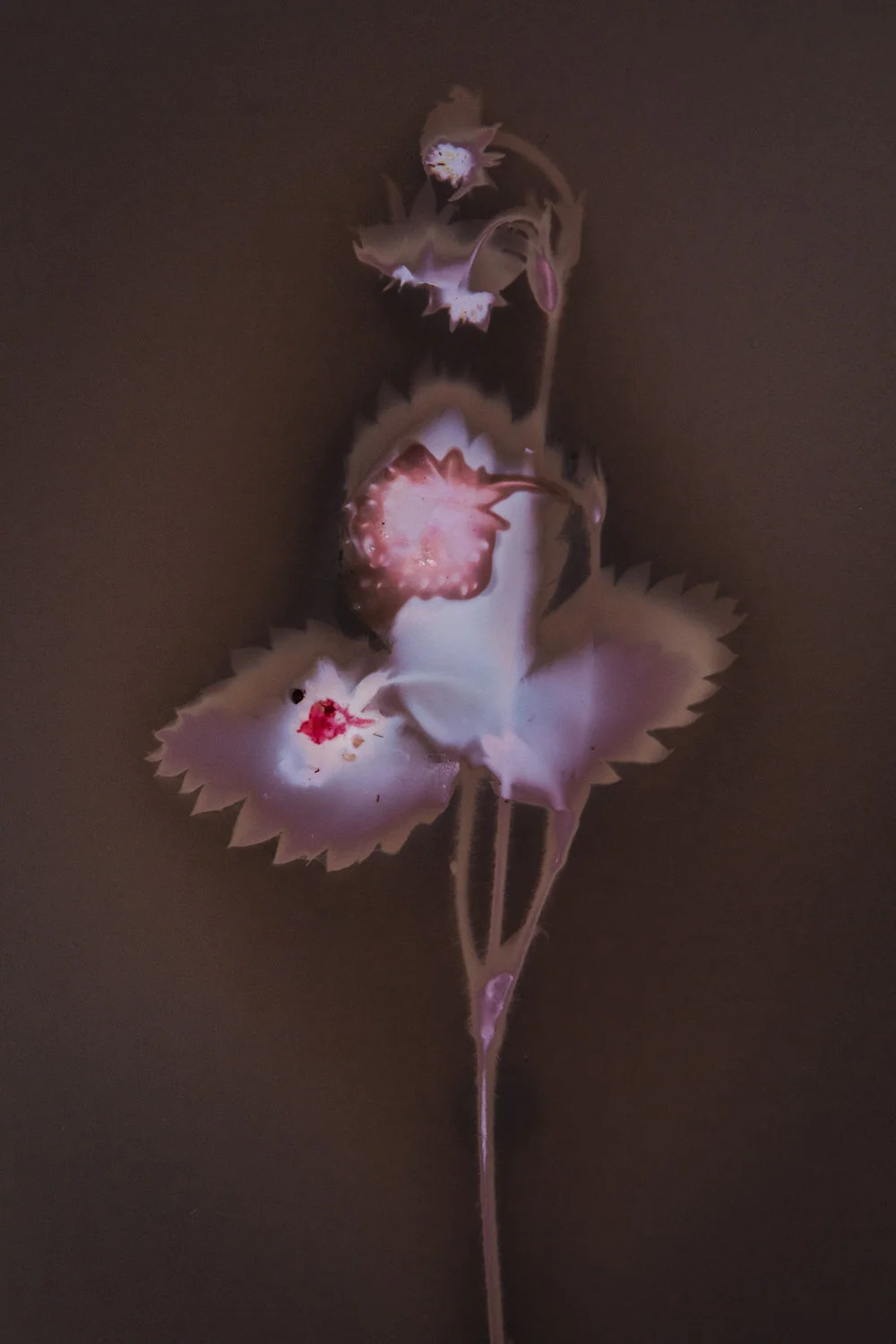


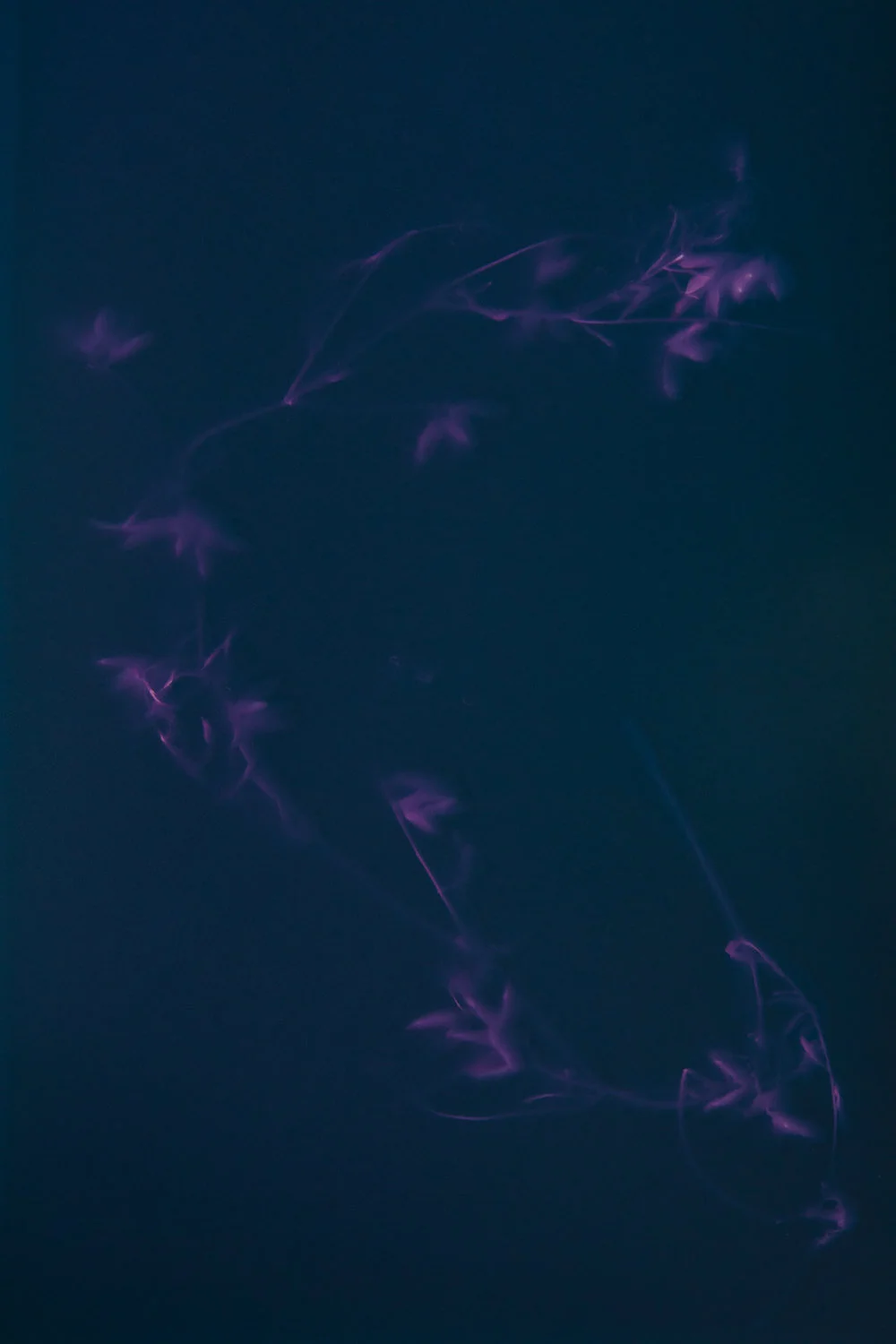



Buglife estimates that our invertebrate population has now declined by 60-70%. This includes pollinators such as bees & butterflies, which are essential to the functioning of a healthy eco-system and our own food security. A lot of these species depend on rich habitats such as meadows to thrive. Unfortunately, due to the intensification of farming, farmland flowers are now critically endangered with a loss of 96% in 200 years. This has a knock-on effect for the life dependent on it. Without flowers & invertebrates, farmland birds are drastically declining and harvest mice have seen a drop of 70% in recent years. The list of extinct and endangered plants, insects, birds and other mammals in the UK is long and it grows day by day.
Image - 35mm lumen of a Bee

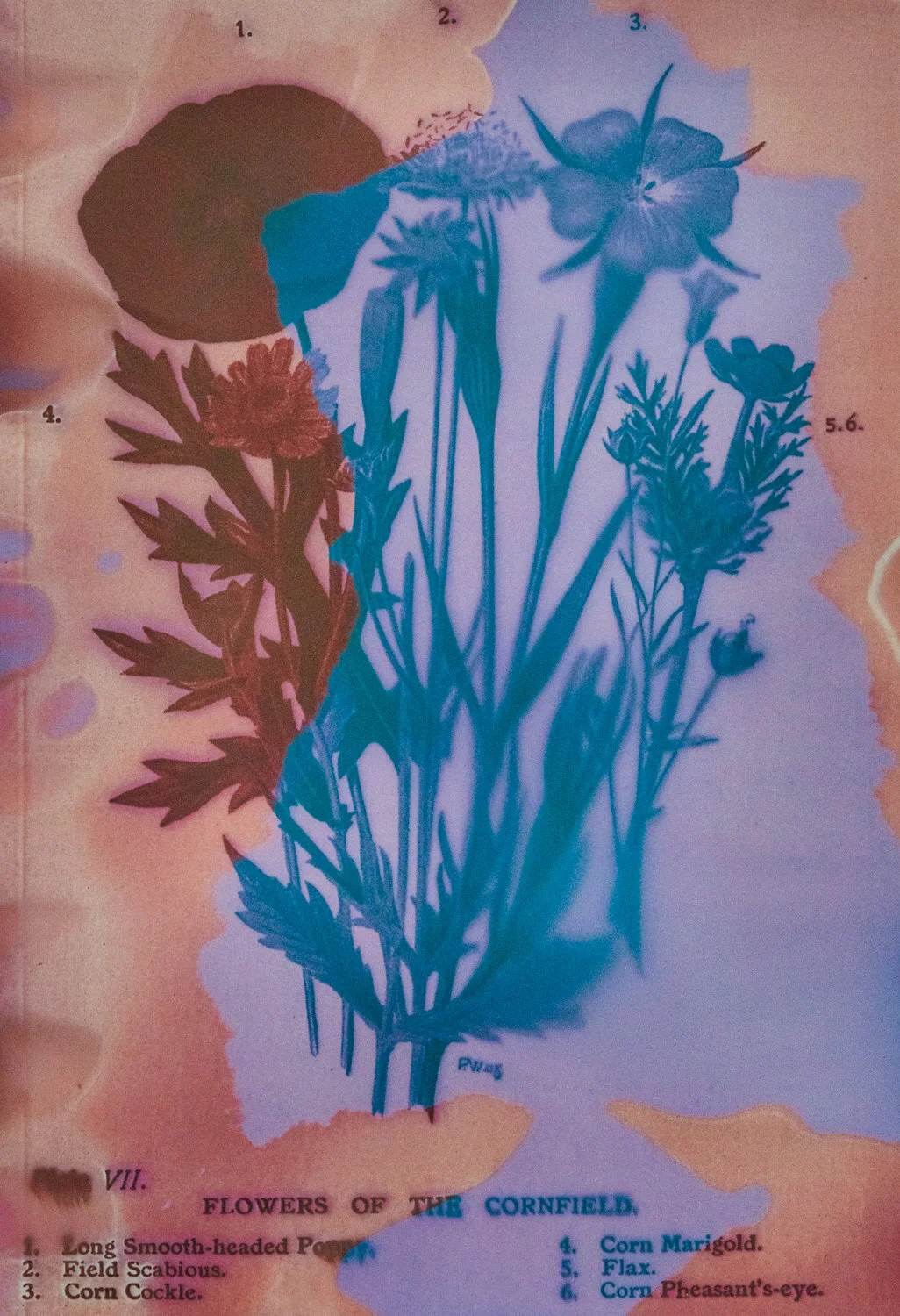


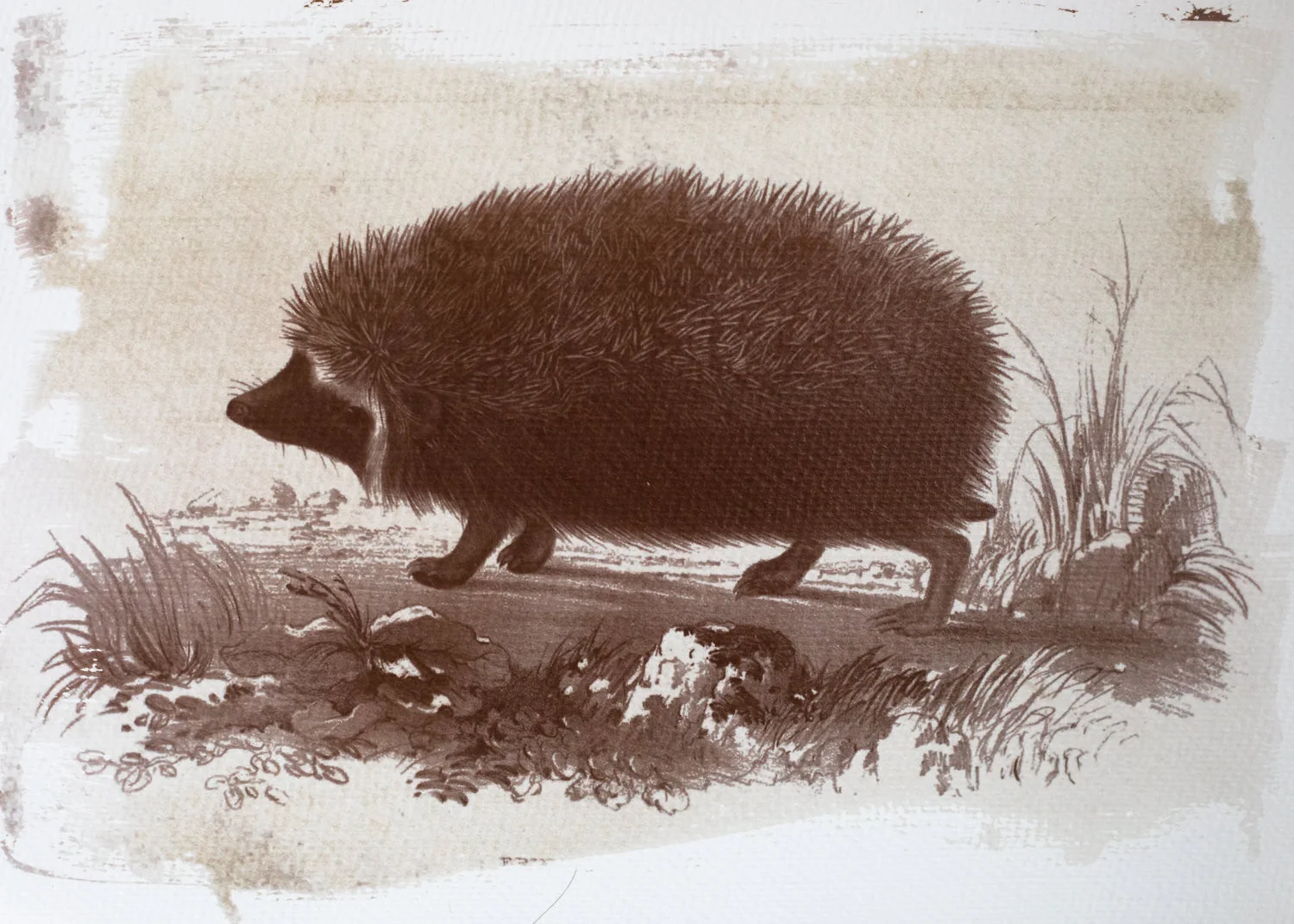


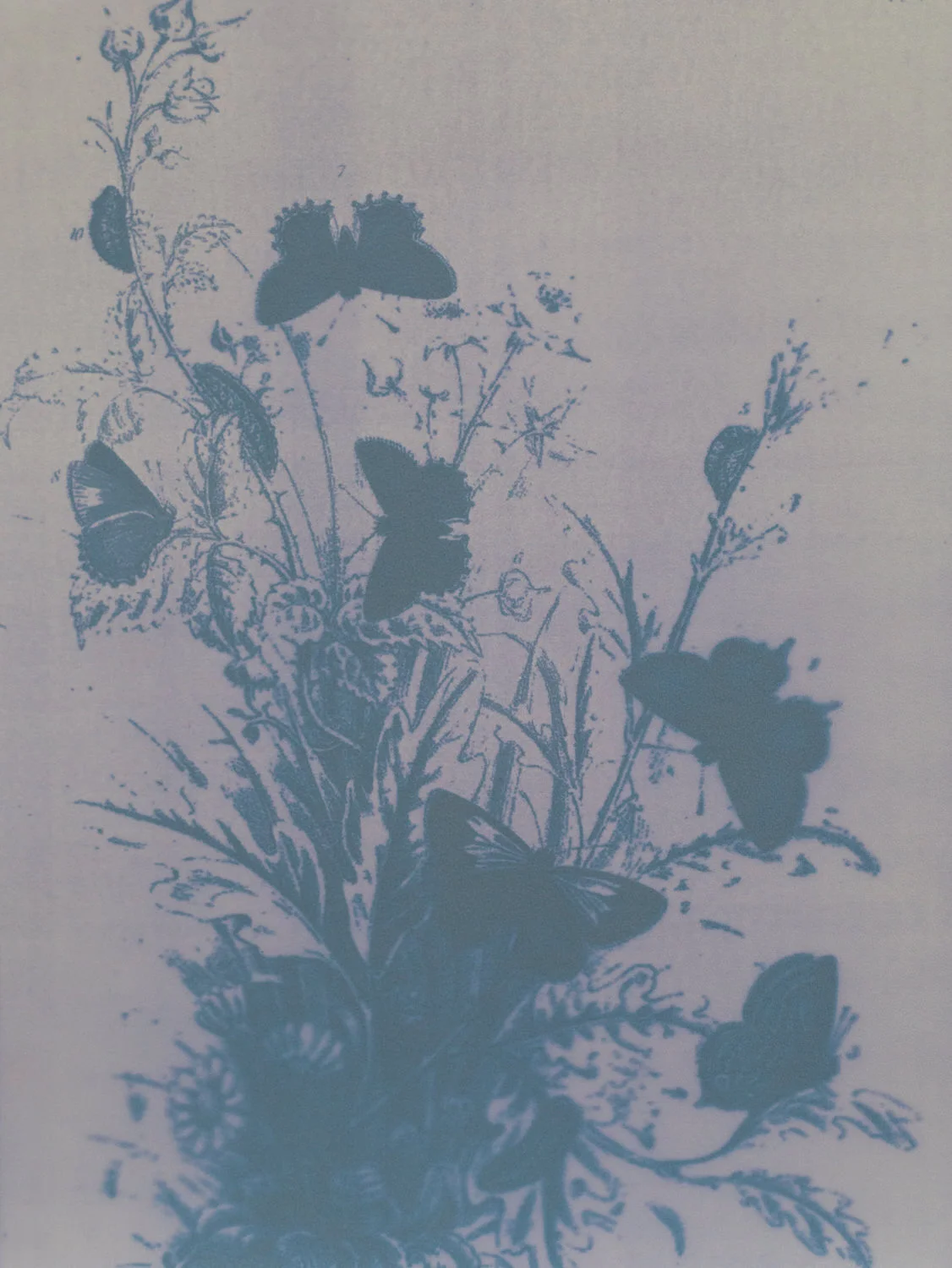







This gallery contains images that I have created of endangered & extinct species using historical images sourced from the Biodiversity Heritage Library. I have listed the species below with their rate of decline;
Skylark - declined by 75% between 1972 and 1996. Population still declining
Farmland Flowers - declined by 96% in the last 200 years
Bees - One third are in decline. Some species, such as the short-haired bumblebee (dependent on grassland habitats) are already extinct
Butterflies - 70% of species are declining and some species are already extinct. The Mazarine Blue butterfly (commonly seen in European meadows) became extinct here when haymaking practices changed.
Hedgehog - Fewer than a million hedgehogs remain. This is due to habitat loss and food scarcity (loss of insect & invertebrates)
Spotted Flycatcher - declined by 87% since 1970
Corn Bunting - declined by 88% between 1967 and 2012
Wild Thyme - Classed as vulnerable and almost completely extinct in arable habitat. A main food source for butterflies
Grey Partridge - declined by 91% between 1967 and 2010
Pheasant’s-eye - declined by 92%
Turtle Doves - declined by 93% since the 1970’s
Harvest Mice - declined by 70% since the 1970’s
Treesparrow - declined by 93% between 1970 and 2008
"The steady, quiet and under-reported decline of our meadows is one of the biggest tragedies in the history of UK nature conservation; if over 97% of our woodland had been destroyed there’d be a national outcry. Without the roar of chainsaws or the sound of mighty oaks crashing to the ground, meadows with undisturbed floral histories going back generations are being ploughed up in a single afternoon."
— Dr Trevor Dines, Plantlife Botanical Specialist




